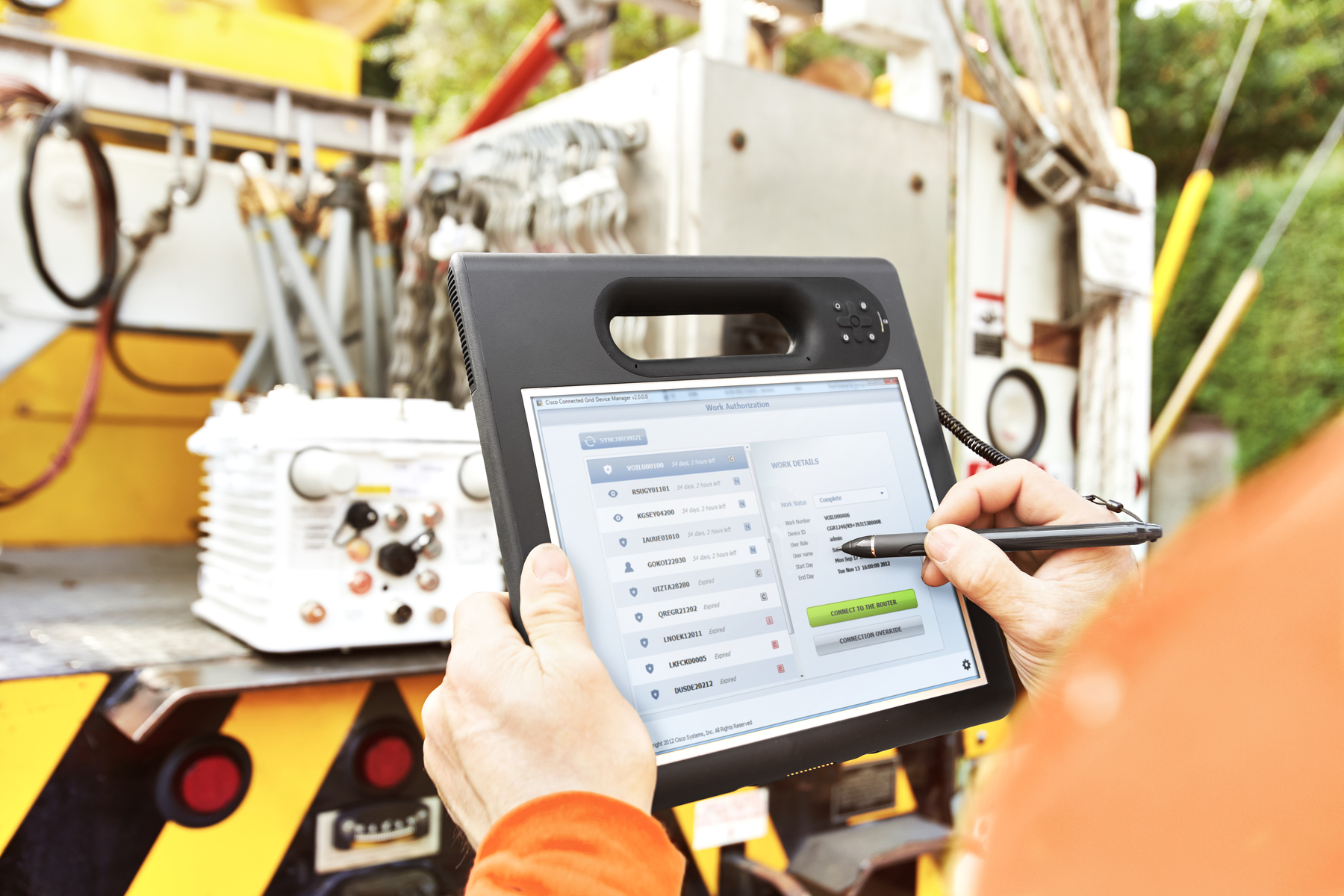- Your iPad is getting a major upgrade for free. 4 top features I can't wait to try in iPadOS 26
- Your MacBook is getting a big upgrade. 5 best features I can't wait to use in MacOS 26
- The Growing Threat of AI-powered Cyberattacks in 2025
- I test tablets for a living and this is the Samsung tablet I recommend the most
- The Cost of Ignoring Patches: How State and Local Governments Can Mitigate Damaging Security Breaches
The AI Revolution and Critical Infrastructure

Artificial intelligence was a central theme at Cisco Live US 2024, and it’s clear AI has already made significant strides in reshaping our world. Cisco’s AI-powered innovations build digital resilience by uniquely combining the power of the network with industry-leading security, observability, and data. They simplify adoption and offer visibility and insight across the entire digital footprint, and for those overseeing critical infrastructure, the potential benefits are clear. Undoubtedly, the latest technology offers the promise of enhanced operations. However, the unpredictability of AI’s outcomes can understandably give pause.
Different Kinds of AI
There are multiple kinds of AI, and each plays a role in different operational situations. Some AI models produce consistent and predictable results, while others are well suited to identifying relevant information within huge mountains of unstructured data. Choosing the right AI model to address each operational need can be challenging. Cisco’s acquisition of Splunk provides an increasing number of security AI tools to address operational security needs. The vast ecosystem of Cisco’s partners enables a selection of AI tools for various operational use cases.
Cisco’s Role in AI Solutions
At the heart of every AI solution is data movement and processing. This is where Cisco excels. Cisco’s infrastructure is designed to receive data from sensors and ensure its secure and reliable transport to the applications that require it, making it a key player in the AI landscape. Examples of AI solutions in critical infrastructure include failure detection, failure prediction, pothole detection, process optimization, and analysis queries. The video below of Roland Plett’s Cisco Live Session takes a deeper look at each of these examples.
Summary
AI is changing the way we engage data in industrial operations. There are multiple kinds of AI models, and the combination of models you need depends on the problem you’re trying to solve. It’s essential to recognize that deep learning AI models, like generative AI, are based on probabilities and don’t have deterministic or repeatable outcomes. This is why choosing the right model for your desired result is critically important.
For More Resources:
Is your organization ready for AI? Take Cisco’s AI Readiness Assessment and find out.
Check out Cisco’s On-Demand Library for more sessions from Cisco Live US 2024
Visit Cisco’s Portfolio Explorer for Industries to explore tailored solutions for your sector and ignite your business’s potential.
Share:

